Since the time human beings became conscious of their existence, of the reality that they will die, and of the awareness that birth creates new life, they have wondered where they came from, why they were there and what happened to them when they died. They regarded these happenings with awe and with fear, and in that awe and fear they worshipped the powers of the natural world. They came to believe that supernatural beings controlled the sky, the earth, and their lives.
In the circles around the hearth fires of their caves they began to create stories of how life began, how the earth and sky began and why death takes loved ones away. Stories of creation are part of every culture in every time. They helped people of long ago understand what happened to them in their daily lives. They worked out relationships with the powers of nature that held an awesome control over their lives.
Science vs Religion
Over centuries human beings explored their world and built on the experiences they gained. They accumulated what they learned into fields of knowledge that challenged the fear of things they did not fully understand. Over those ensuing centuries of time matters of faith mixed with accumulated human experience, often with resulting conflict and dissention. As religions formed and solidified their specific myths and people engaged in systematic and scientific inquiry about their world, this conflict escalated. In time a declared war between science and religion created rigid walls of animosity. Reason and faith became realms unto themselves. An uneasy truce emerged that was shattered in 1859 when Charles Darwin published his research and findings in his book, The Origin of the Species.
Evolution and Unitarian Universalism
In 1900 the Rev. Dr. Marion D. Shutter, minister of the Universalist Church of the Redeemer in Minneapolis, Minn. presented 12 lectures titled Applied Evolution in which he placed Darwin’s theories within the context of Universalist theology. Each of these lectures were attended by 1,000 to 1,200 people and were considered seminal in providing Universalists of the time with an understanding of these new theories and how they would strengthened their faith and beliefs.
He began his lectures with a case for how science aided religion by stating that “the long battle between Science and Religion was, to a certain extent, upon both sides a mistake.
“Not only is there no real conflict,” he stated, “when we come to understand the subject, religion, or religious thought, so far from suffering disaster at the hands of science, has been the actual gainer. It has lost nothing but some unscientific notions that were long, but erroneously, supposed to belong to religion. It is better without them. It stands upon solider footing. It can make stronger appeal to the human intellect.”
In Closing
I conclude with these words of Harvard biologist, Edward O. Wilson, “For us the history of life and of the universe as told by science becomes more than a sequence of strange and arresting events. It becomes our personal and shared story, our creation story, our sacred story.” Wilson calls it our Evolutionary Epic and states, “The evolutionary epic is probably the best myth we will ever have.” For him, ‘myth does not mean falsehood, but the grand narrative that gives us a placement in time—a meaningful placement that celebrates extraordinary moments of a shared heritage. For those of us who have not only learned but embraced the evolutionary scientific story of our roots know ourselves to be reworked stardust, biological beings with a multi-billion year pedigree. We know these facts deeply, and for us they’re as empowering as any tale that has ever come alive in the flames of a fire at the mouth of a cave or in the vaulting echoes of a cathedral.”
This post is an excerpt from A Theology of Evolution by Elizabeth M. Strong on the UUA’s Worship Web.
Cover image: NASA, ESA, CSA, and STScI
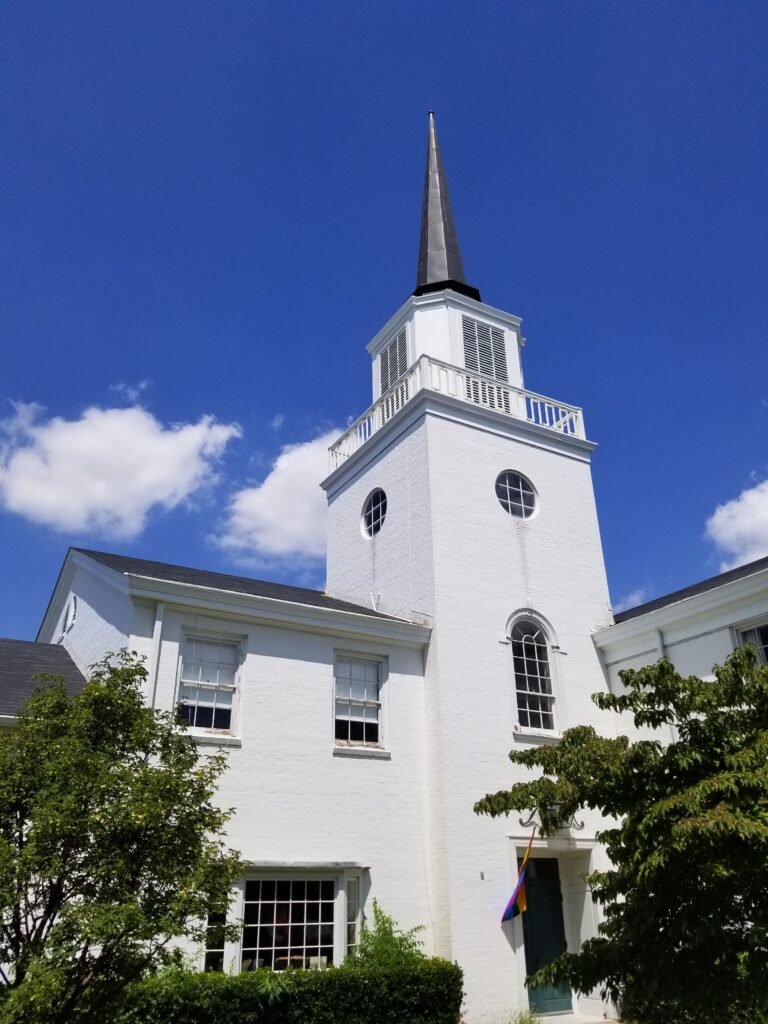
At All Souls Church in Tulsa, our congregation is organized around monthly themes. Our themes provide a shared focus, giving our congregation the opportunity to strengthen spiritual connections and lives. The theme for August is “Evolution.” Learn more on our website at allsoulschurch.org.


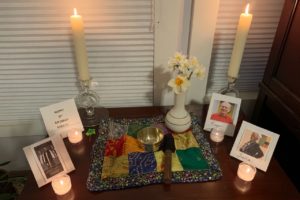





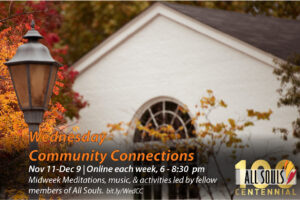
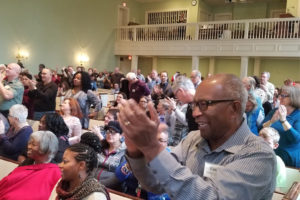



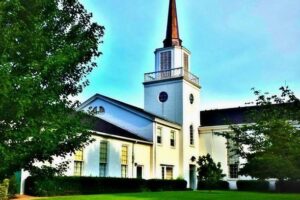


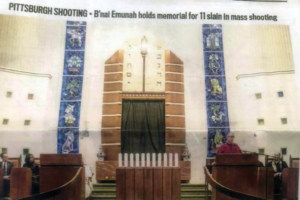

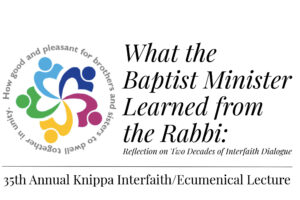

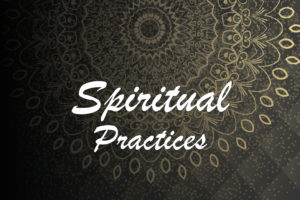



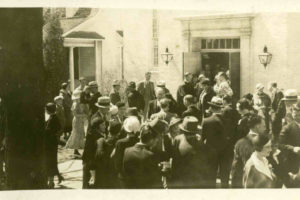


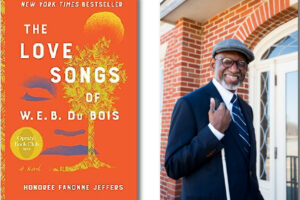
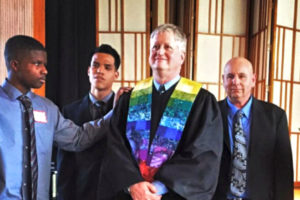



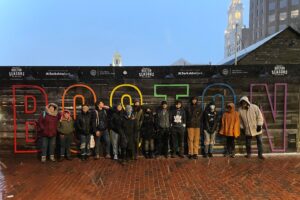

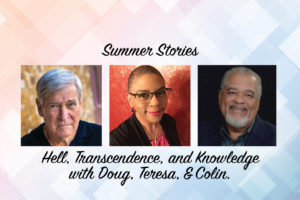





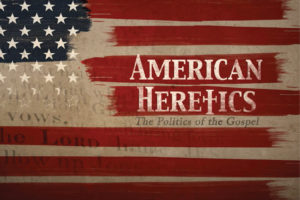
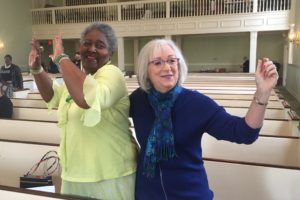


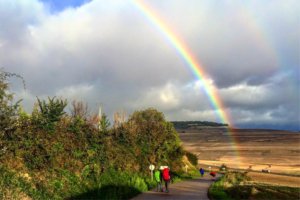







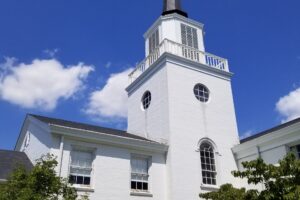

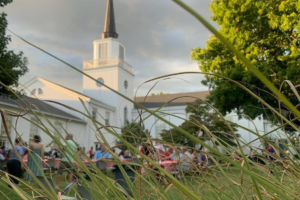



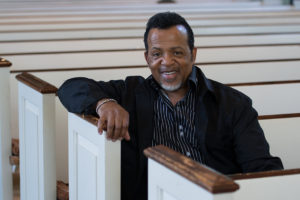













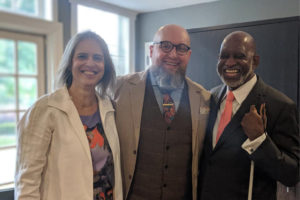

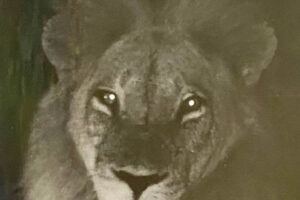
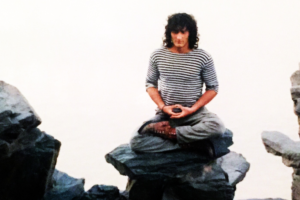

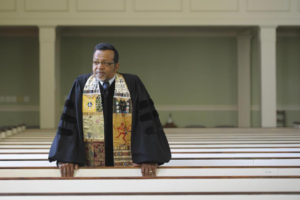
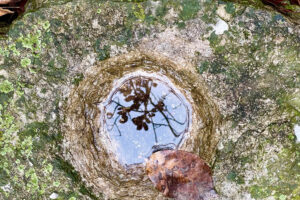


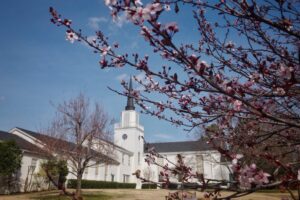








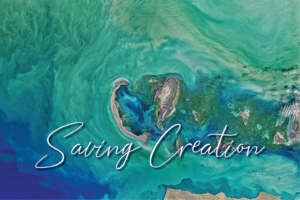



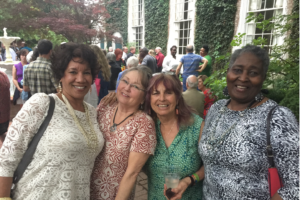


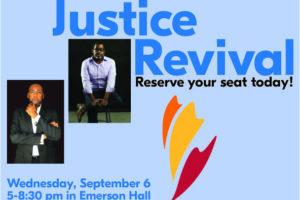


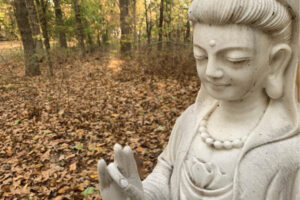




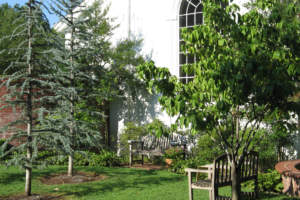








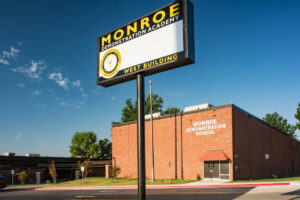
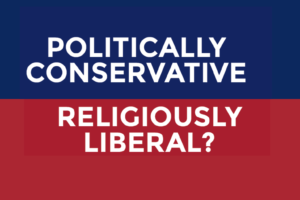
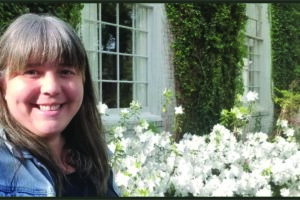
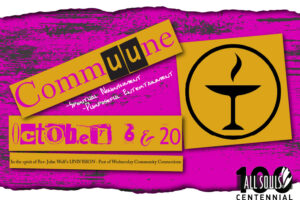

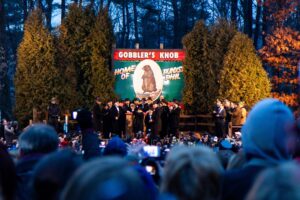





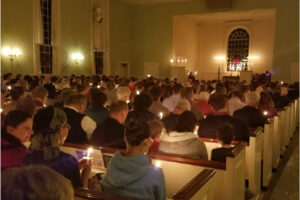





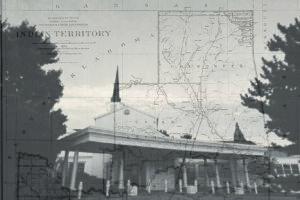



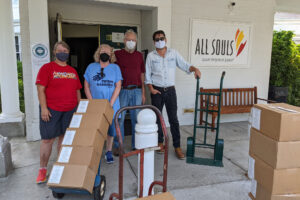



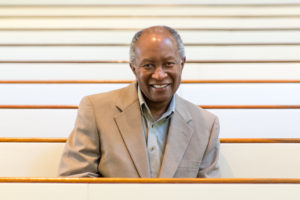










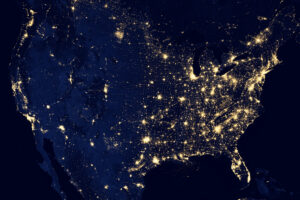


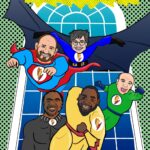



Recent Comments